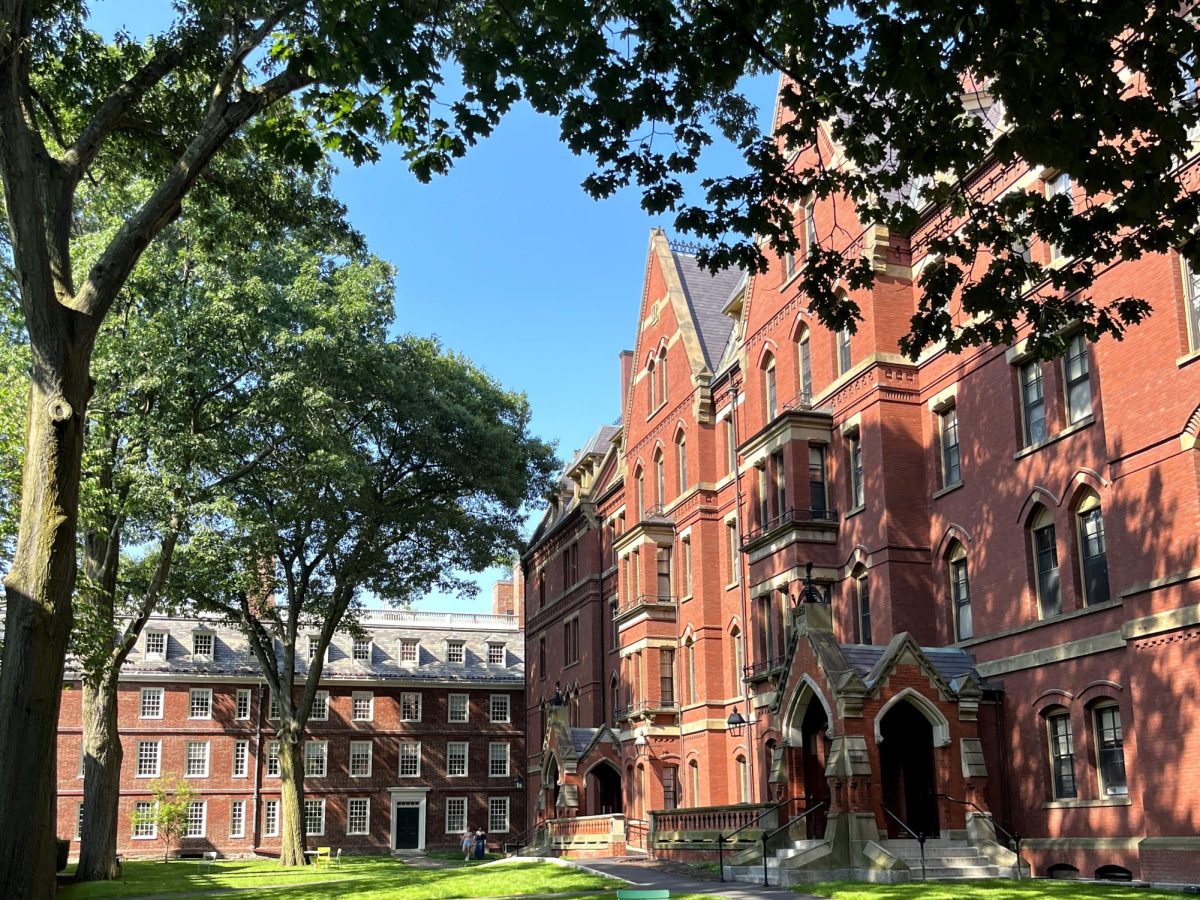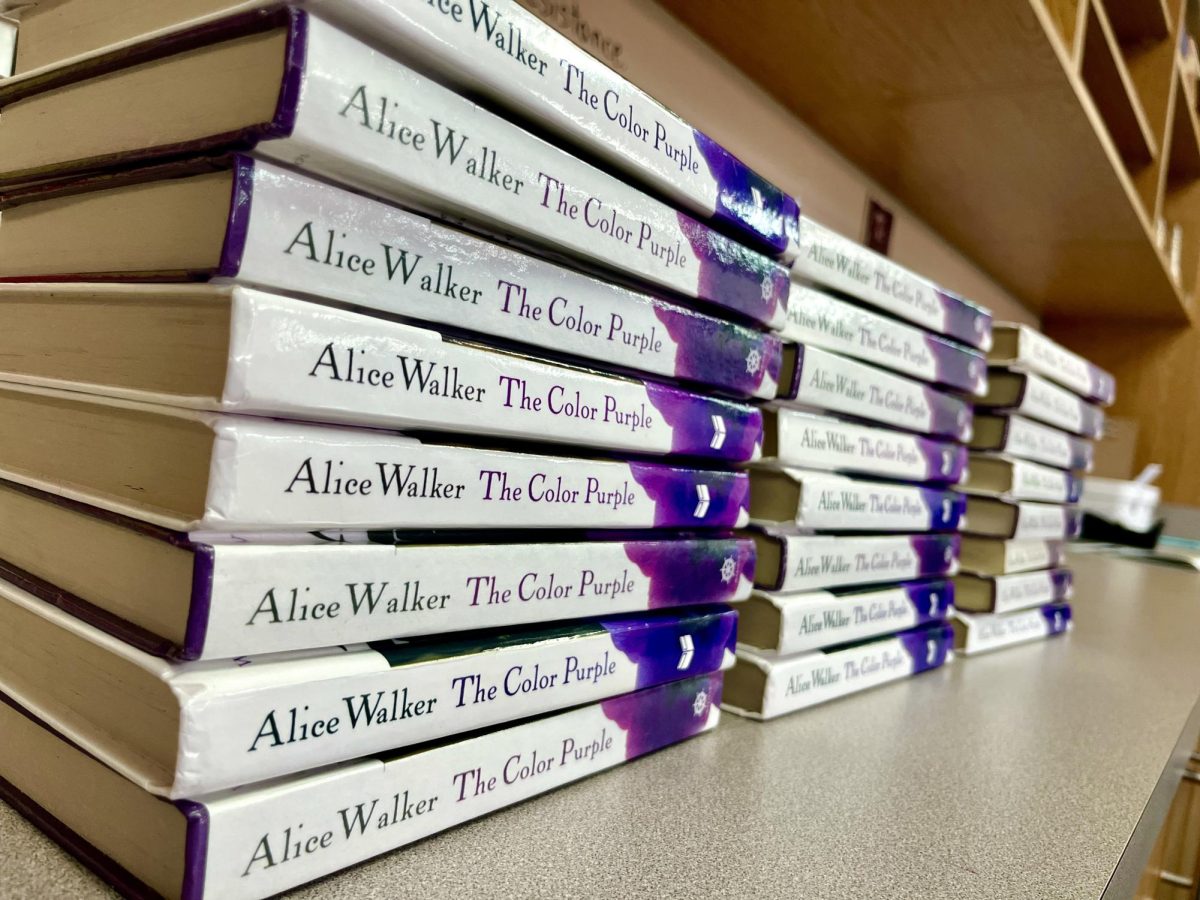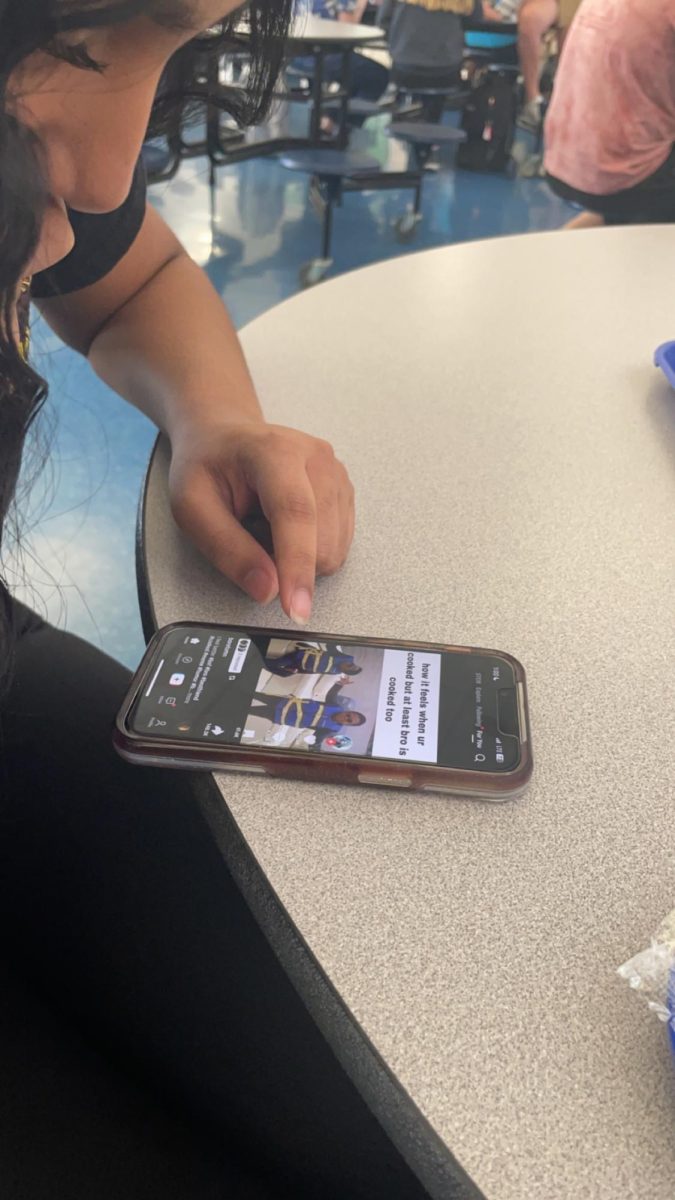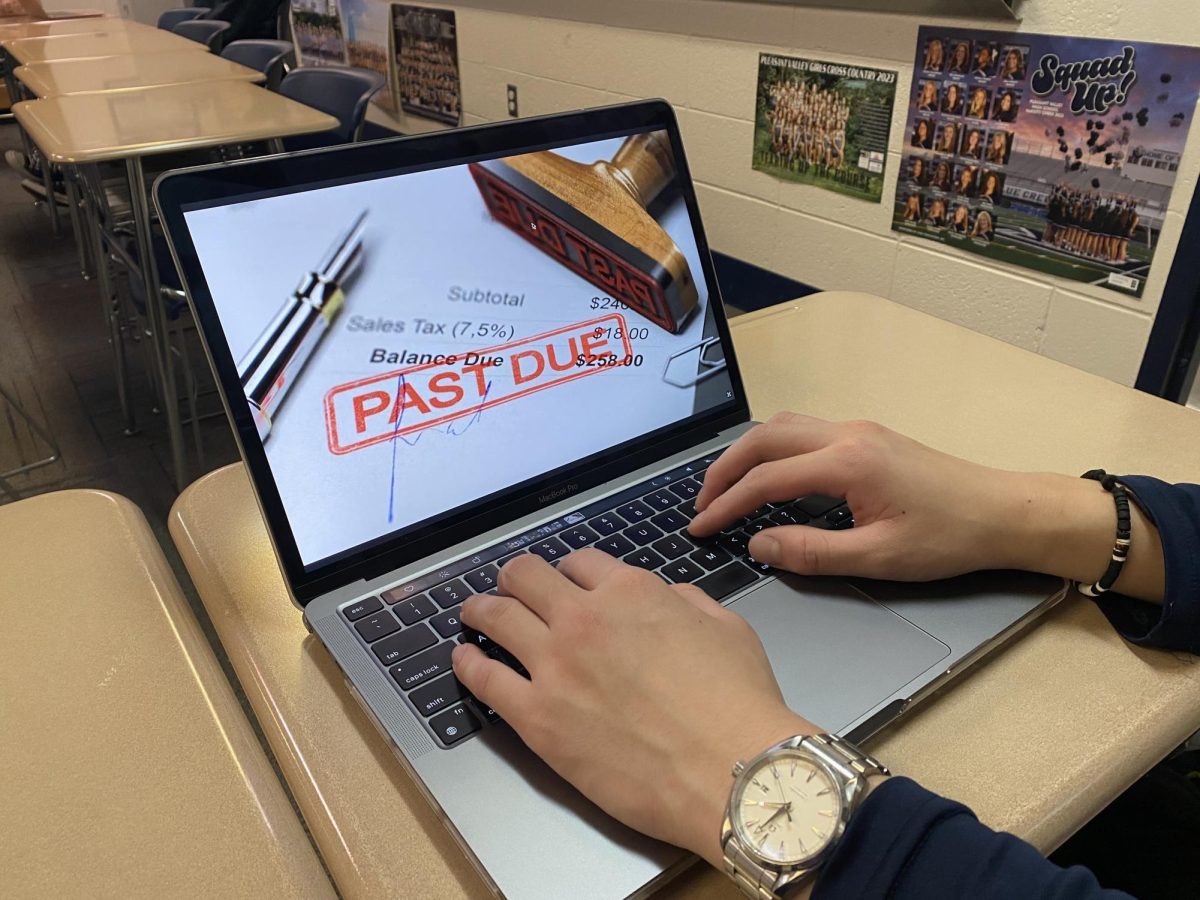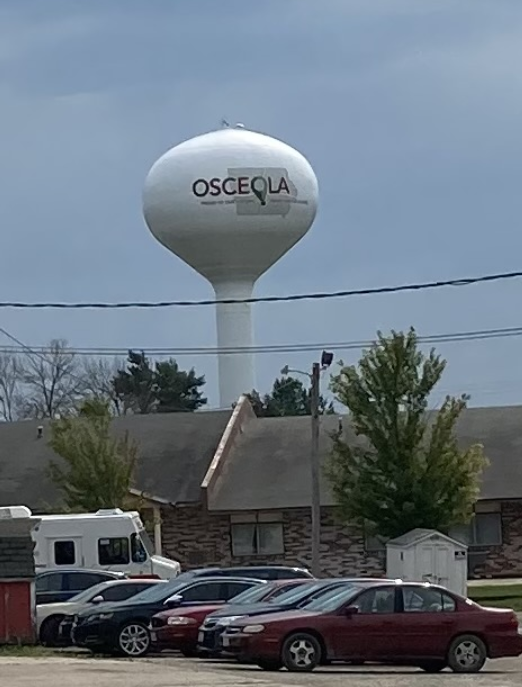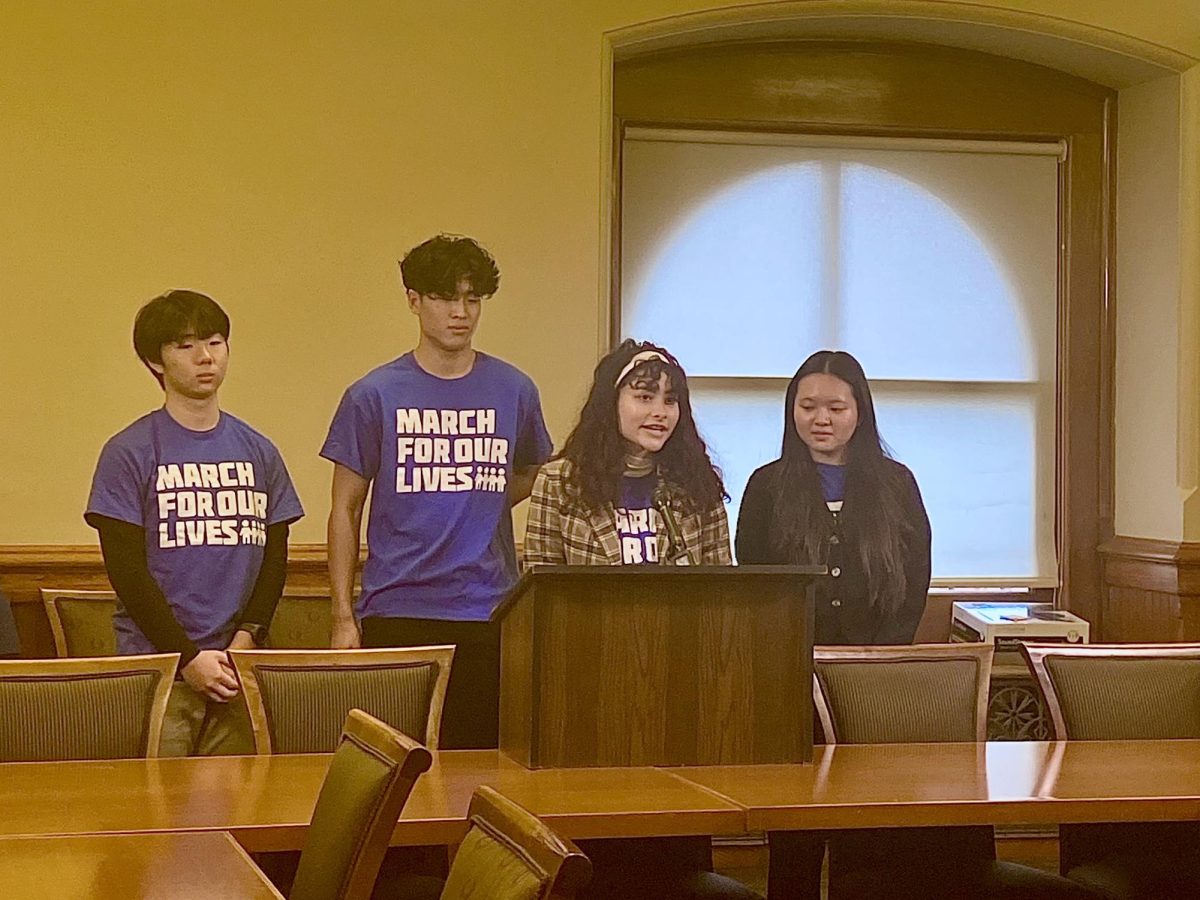On Oct. 11, the Great Barrier Reef was mistakenly pronounced dead when author and environmentalist, Rowan Jacobsen, published an article titled, “Obituary: Great Barrier Reef (25 Million BC-2016.” In the opening of getting the article, Jacobsen states, “The Great Barrier Reef of Australia passed away in 2016 after a long illness.” This article instantly went viral sending many people into a frenzy.
The Great Barrier Reef is home to more than 400 different kinds of coral, dolphins, rays, over 1500 kinds of tropical fish, more than 200 types of birds, and about 20 kinds of reptiles like sea turtles. The reef also houses endangered species like the Dugong, and the Green Sea Turtle. The reef is so large it has a total area of 132,974 miles and it is the only living thing on earth that can be seen from space.
Although the world’s most extensive reef isn’t dead, it is dying. According to the ARC Centre of Excellence for Coral Reef Studies, “Ninety-three percent of the reef is being damaged by bleaching. Bleaching occurs from changes in the condition of the water such as temperature, nutrients, or light. The changes put stress on the coral which makes them expel algae from their tissues, causing them to turn white. The coral can survive bleaching, however, they are under more stress which makes them more susceptible to death.”
Ove Hoegh Guldberg, University of Queensland Global Change Institute Director Professor, said, “This is the worst coral bleaching episode in Australia’s history, with reports of coral dying in places that we thought would be protected from rising temperatures.” Despite the damage that has been done, efforts to save the reef should not be given up yet. Russell Brainard, chief if the Coral Reef Ecosystem Program at NOAA’s Pacific Islands Fisheries Science Center, said, “These natural systems do have some ability to be resilient and bounce back.”
In attempt to save the reef, the Australian government set up the Reef 2050 plan, back in March of 2015, which plans to improve water quality to help corals recover the bleaching episode. The reef isn’t dead yet, so don’t lose hope.








